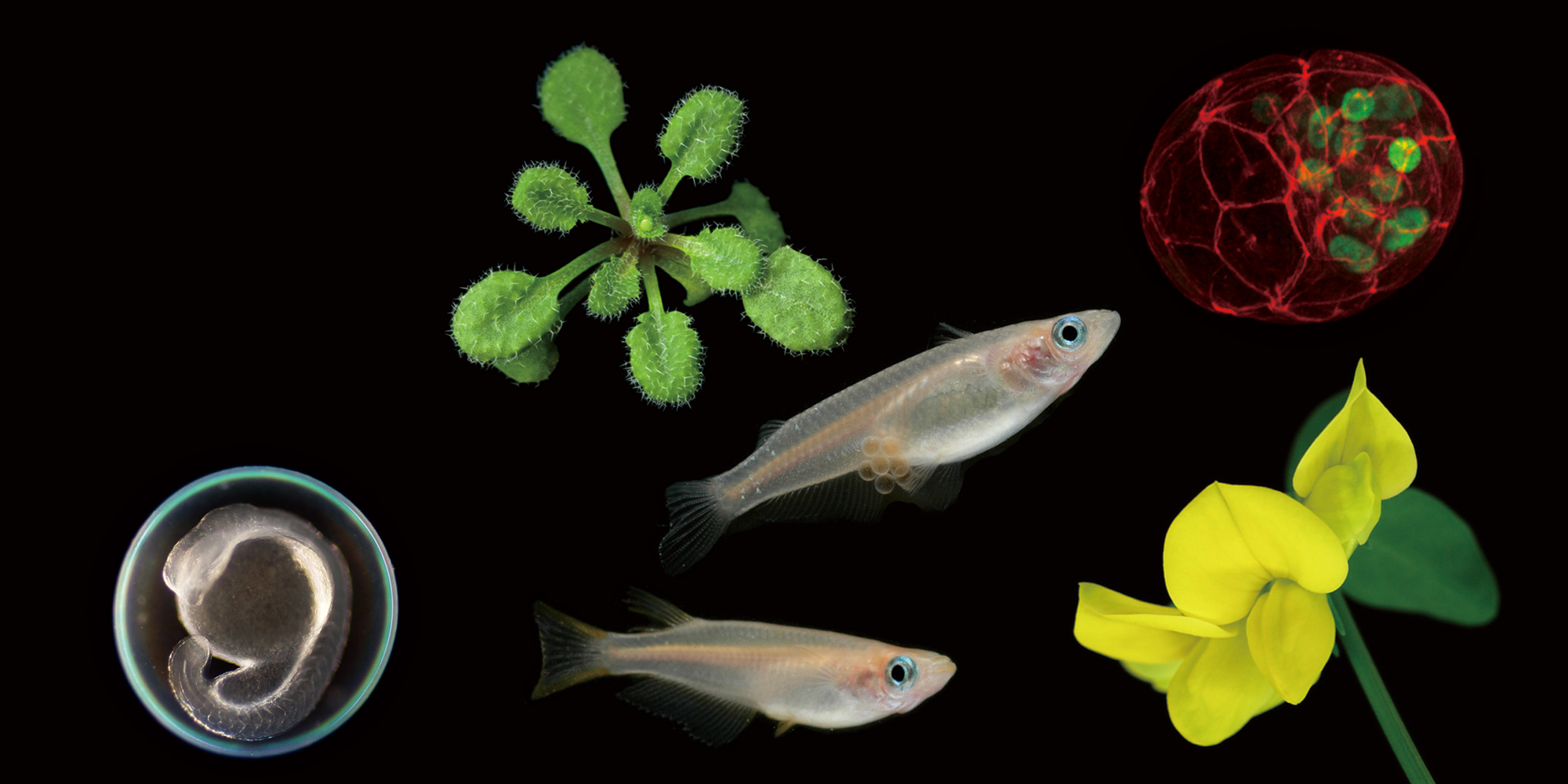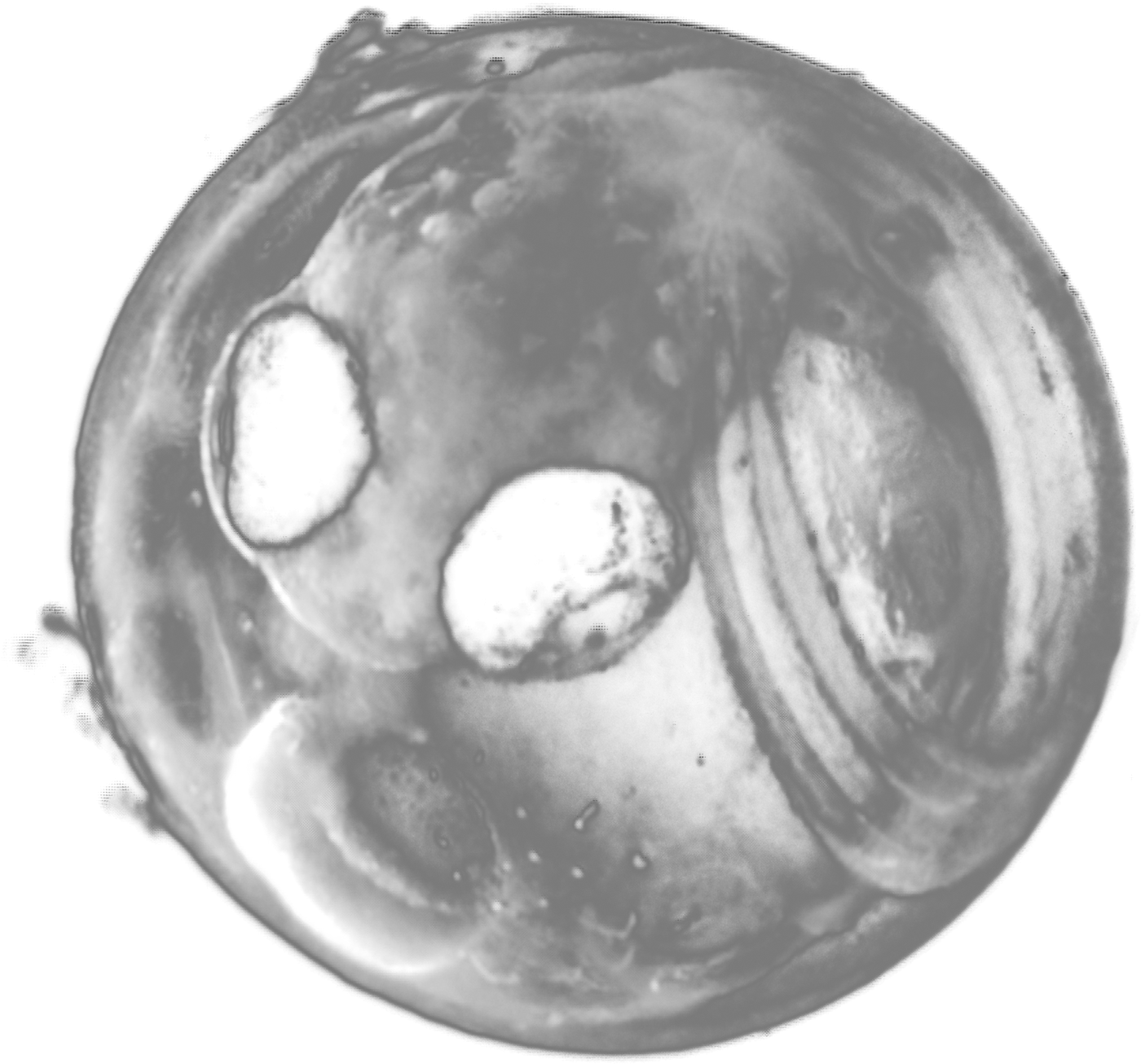2009.11.20 部門公開セミナー
Functional analyses of BMP signaling during early patterning in mouse embryos
Yuji Mishina, Ph.D. (University of Michigan, School of Dentistry)
2009年11月20日(金) 16:30 より 17:30 まで
明大寺地区1階会議室(111)
岡崎統合バイオサイエンスセンター 分子発生 高田 慎治 内線5241
Bone Morphogenetic proteins (BMPs) were originally found for their bone-inducing activities, but recent findings suggest that they also play critical roles during mammalian development. Bmpr1a encodes the BMP type IA receptor for BMP2 and BMP4. Bmpr1a mutant embryos fail to gastrurate and die by embryonic day 7.5 (E7.5). To assess the later functions of BMP signaling, we established a conditional allele for Bmpr1a. Using Mox2-Cre mice that express Cre in the epiblast-specific manner, we generated mutant embryos that lost BMPRIA signaling in an epiblast-specific manner. These mutant embryos gastrualte to develop anterior-posterior polarity, thus BMP signaling through the type IA receptor is critical in the extraembryonic tissues for normal gastrulation. Histological and maker analyses on the mutant embryos at E7.5–8.5 revealed that lateral mesoderm was underdeveloped; somites were expanded laterally, and heart did not form, although heart mesoderm was specified at E7.5. These results indicate that BMP signaling is important for normal germ cell layer formation and mesoderm patterning.
Another mutant mouse line deficient for a BMP type I receptor known as ACVRI showed embryonic lethality around the gastrulation stage. Recently, we discovered that ACVRI is required for proper left-right patterning using chimeric mouse embryos. To address further how Acvr1 is involved in the process of the establishment of left-right asymmetry, we utilized a similar conditional gene inactivation strategy to rescue the gastrulation defects of the Acvr1 null mutation. Mosaic inactivation of Acvr1 mutants in the epiblast by using Mox2-Cre (Acvr1:Mox2-Cre) resulted in abnormal heart looping and bilateral expression of left side markers such as Nodal in the lateral plate mesoderm. Acvr1:Mox2-Cre embryos displayed a deformed node structure with abnormal cilia development that resulted in a defect of a cilia-driven leftward flow in the extracellular fluid. Furthermore, mouse embryonic fibroblasts deficient in Acvr1 fail to form the primary cilium, when stimulated by serum starvation. These observations suggest that BMP signaling through ACVR1 is essential for proper development of primary cilia during mouse development and ACVR1 plays a crucial role in formation of node cilia to establish a left-right asymmetry in the mouse.







